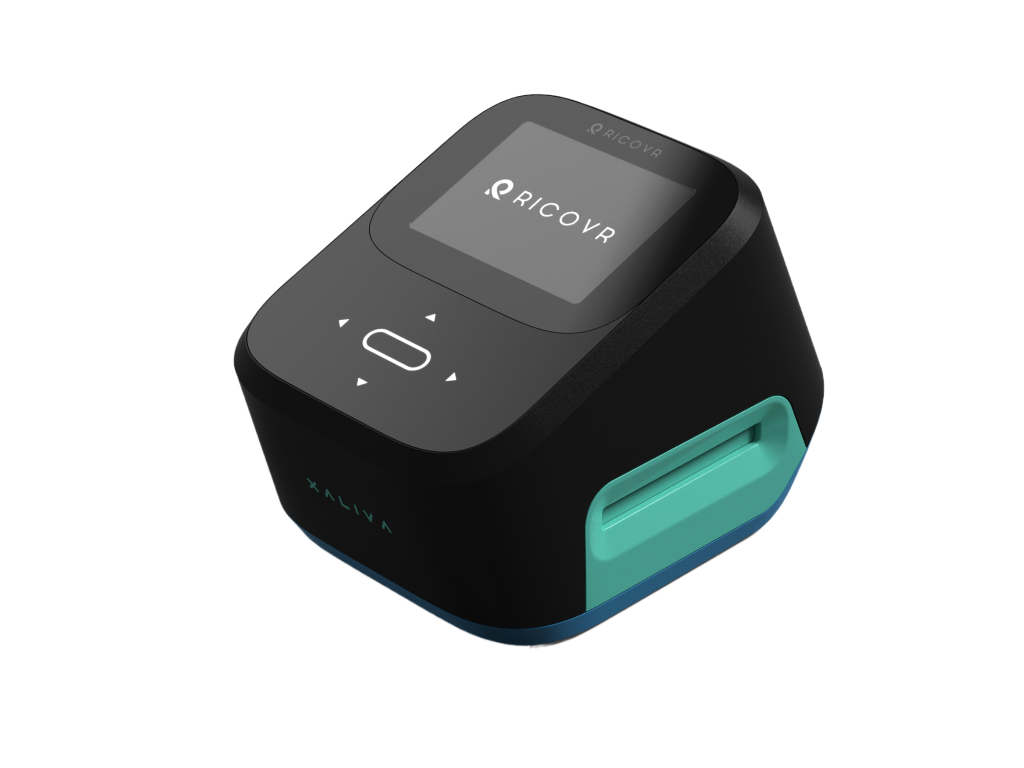Understanding THC Drug Test Detection Length
As cannabis use continues gaining acceptance for recreational and medicinal purposes, understanding how long THC (tetrahydrocannabinol) – the psychoactive compound found in cannabis – stays in your system becomes crucial, especially for employers concerned with workplace cannabis use. The duration of THC detection in drug tests can vary depending on several factors, including the type of test, frequency of cannabis use, and individual metabolism. In this article, we will explore the different types of drug tests and the estimated detection length of THC in each test.
Urine Drug Test:
Urine drug tests are the most common type of drug test used to detect THC, as they are relatively inexpensive. 90% of employers that drug test utilize them. THC is metabolized in the liver into a compound called THC-COOH, which is then excreted in the urine. The detection window for THC in urine depends on the frequency and amount of cannabis use, but on average, it can be detected for up to 30 days in frequent users and up to 3-7 days in occasional users. Employee-rights groups have long argued urine tests are discriminatory, penalizing people for using cannabis on their own time and away from the workplace. (1)
Blood Drug Test:
Blood drug tests are less common for THC detection for employers as they are invasive and expensive. They are widely used by law enforcement for drugged driving. Blood tests detect the active presence of THC in the bloodstream. They are more effective than urine at detecting recent cannabis use, as THC is quickly metabolized and eliminated from the bloodstream. THC can typically be detected in blood for up to 24 hours after use, although it may be detectable for longer in heavy users. (2)
Saliva Drug Test:
Saliva drug tests are gaining popularity due to their non-invasiveness, ease of administration, and ability to detect recent use on-site. Like blood, active THC molecules are present in saliva. THC is detectable in saliva for 12 hours or less, depending on the THC cut-off level. Even a recent study from the Journal of Analytical Toxicology (JAT) found that saliva testing was more sensitive and specific for recent use detection than whole blood. (3,4)
Breath Drug Test:
Breath tests only provide up to a 3-hour length of detection for THC. (5) The window of impairment can last 10+ hours, depending on multiple factors. (6) This window of detection is far too short in a real-world application.
It is important to note that breath testing or cannabis breathalyzers may not be able to detect edibles. No academic research to date shows that breath testing can effectively detect THC consumed in an edible. Breath testing could lead to adverse safety outcomes if implemented in workplaces, as edibles are the fastest-growing method of cannabis consumption.
Hair Drug Test:
Hair drug tests have the longest detection window for THC, as THC and its metabolites can be detected in hair for up to 90 days or even longer, depending on the hair sample’s length and the hair growth rate. However, hair drug tests are less commonly used due to their higher cost and the potential for false positives or negatives. (7)

It’s important to note that these detection windows are estimated averages and can vary depending on several factors, including individual metabolism, weight, age, frequency of use, and other variables. Different rapid tests and lab testing facilities may also have different cut-off levels for positive results, which can also affect the relevant detection window and is key to understanding how long THC stays in your system.
For workplace drug testing, the optimal detection time will cover the whole 8-hour plus workday. This acts as a deterrent to workplace cannabis use, mitigates safety risks, and provides fairness to legal users that consume on their own time. It requires accurate, easy-to-collect, rapid, on-site technology. Saliva testing is the only method that can meet these requirements.
Sources:
- https://www.ncbi.nlm.nih.gov/pmc/articles/PMC3461262/
- https://pubmed.ncbi.nlm.nih.gov/18334100/
- https://pubmed.ncbi.nlm.nih.gov/23983217/
- https://pubmed.ncbi.nlm.nih.gov/34185831/
- https://academic.oup.com/clinchem/article/59/12/1780/5622101?login=false
- https://www.sciencedirect.com/science/article/pii/S0149763421000178
- https://www.ncbi.nlm.nih.gov/pmc/articles/PMC5396143/





